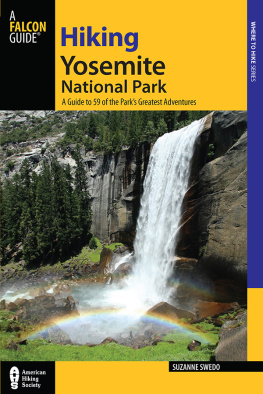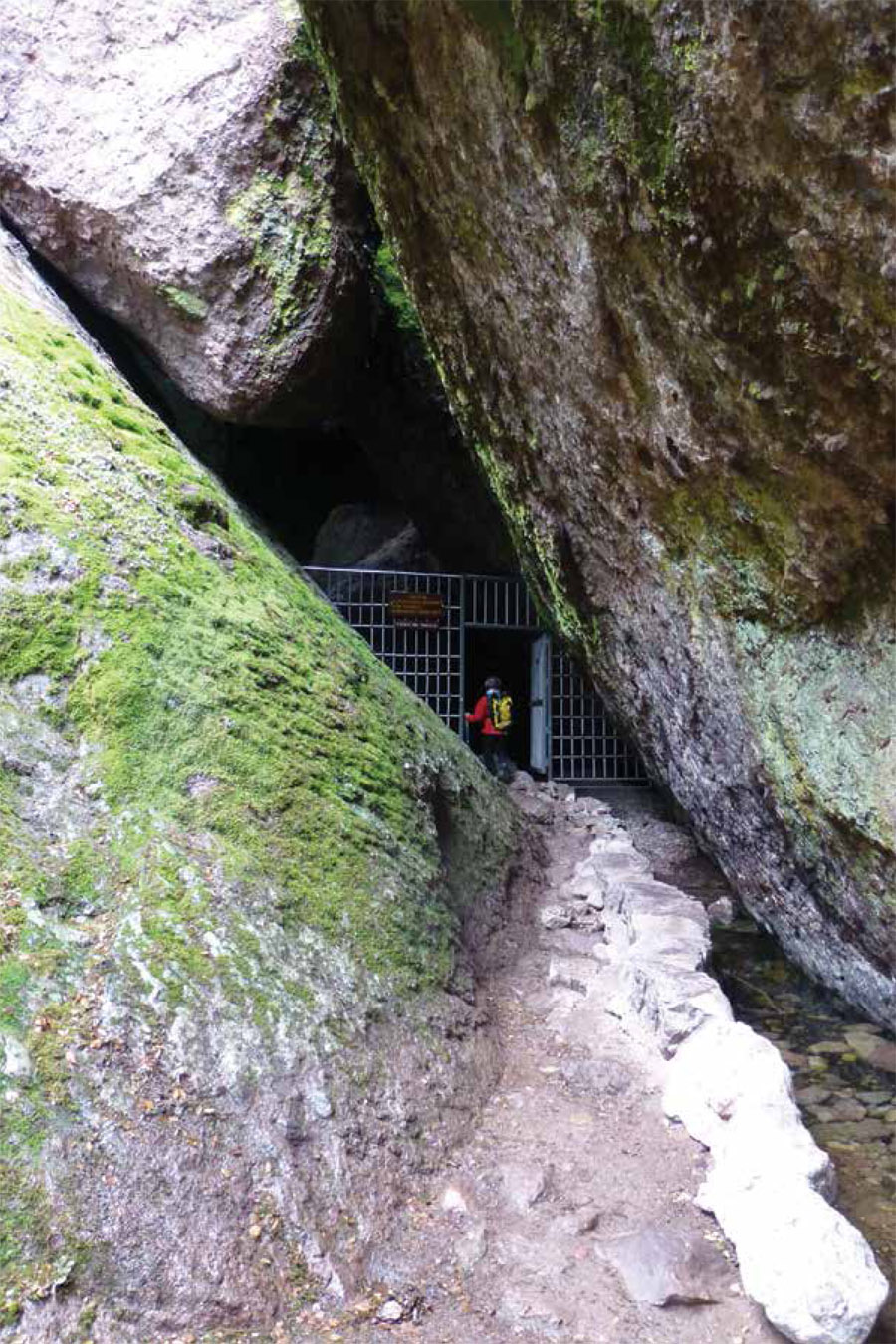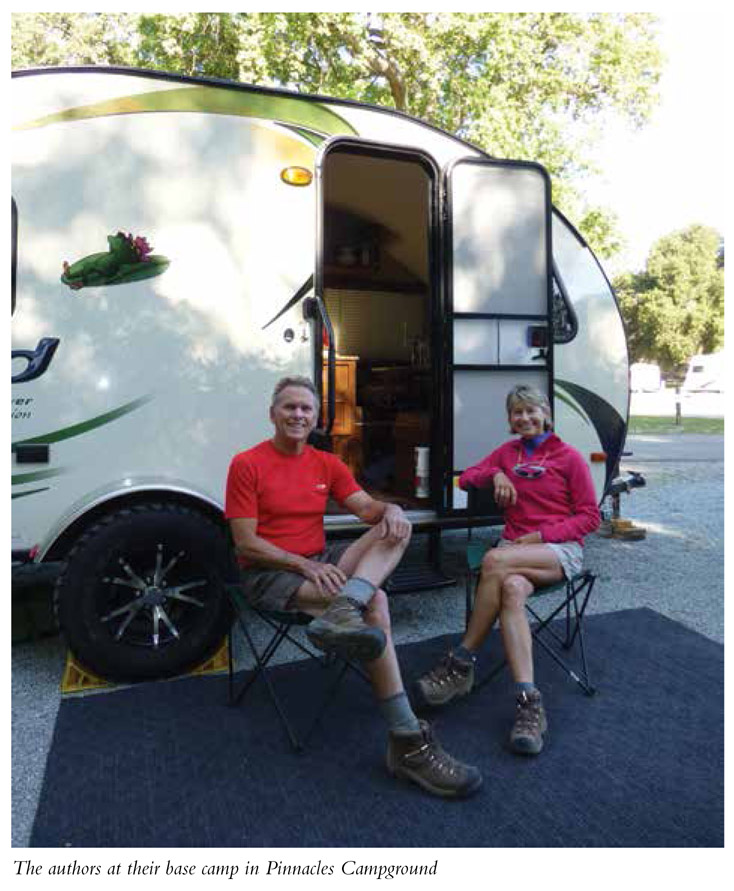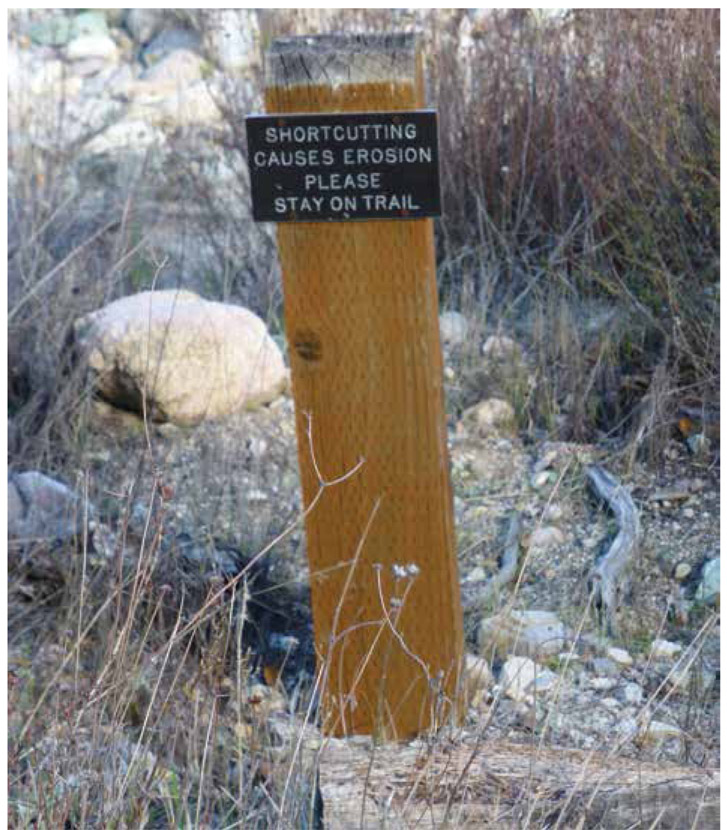About the Authors
Linda B. Mullally and David S. Mullally are a husband-and-wife team who share their passion for travel and the outdoors through her writing and his photography. He is an attorney/photographer and she is a travel columnist/author. They have been inspiring readers to experience the worlds natural and cultural treasures on bike and on foot for over thirty years. They share their adventures in her Monterey Herald travel column Away We Go and her outdoor recreation blog at Falcon.com. Hiking Pinnacles National Park is their sixth book. Visit the authors at LindaBMullally.com.
Acknowledgments
It was a privilege to be asked to write this book and be part of Pinnacles debut as a national park. David and I stepped into the parks new Visitor Contact Station on the one-year anniversary of Pinnacles National Park, January 10, 2013. We were greeted by Beatrice Lujan, who was continuing her sixteen-year career in Pinnacles as part of the visitor-use assistance staff.
Every member of Pinnacles National Parks family of staff and volunteers with whom we interacted over the course of the six months we spent exploring the park was enthusiastic about their role in polishing this new gem in the crown of national parks. Several of the staff had worked at other national parks in the system, from iconic parks like Californias Yosemite and Utahs Zion to remote ones like Bering Land Bridge National Preserve in Alaskas subarctic region. Seasonal park ranger Lupe Zaragosa had dreamed of becoming Pinnacles visual information specialist. Nichole Andler, chief of Interpretation and public information officer had enjoyed twenty years in nine gorgeously distinct parks before putting her efforts into enhancing the publics park experience in Pinnacles.
David and I are grateful for the cooperation and assistance we received from the park staff and volunteers. The hiking part was easy, but framing the parks beautiful ecological story and fascinating geological journey while doing justice to the cultural history would not have been possible without the staffs knowledge and passion.
A special thanks to Nichole Andler, chief of Interpretation, for taking the time to respond to my many e-mails and phone calls. Park superintendent Karen Beppler-Dorn made time to meet with us and connect us with the various rangers and staff members who could give us the most informed answers to our questions about the parks history, geology, fauna, and flora. Thank you to Denise Louie, chief of Cultural and Resource Management for her input as well as wildlife biologists, Paul Johnson, and Gavin Emmons, and park botanist Brent Johnson for their expertise. Russell W. Graymer, geologist with the U.S. Geological Survey, helped me paint a bigger picture of the Pinnacles geological journey. Timothy Babalis, the park historian, provided valuable feedback. James Bouknight, the parks fence and trail supervisor, gladly took time to share his knowledge about present and future trail plans. Interpretive park ranger Michelle Armijo made some of our weekend evenings in the outdoor amphitheater educational and relaxing.
Law enforcement rangers like Jason Gigliotti were always gracious, and their presence was a reminder that when a park sees traffic of thousands of visitors, law enforcement plays an important role in monitoring human behavior to keep our public lands a safe and pleasurable experience for all.
The friendliness of the interns from the Student Conservation Association and the American Conservation Experience and their willingness to be of assistance also impressed us.
Although this guide focuses on hiking in Pinnacles National Park, the Pinnacles and the rock climbing community share a rich history, and we thank Bruce Hilden-brand, president of Friends of Pinnacles, for his responsiveness to my queries.
We want to express our gratitude to Alec Arago, district director in Congressman Sam Farrs office for sharing some of the political background in creating Pinnacles National Park and Adam Russell, Congressman Farrs press secretary, for his diligence and responsiveness.
We developed a special and intimate relationship with the park during those several weeklong camping trips in Pinnacles National Park. We were there to witness the landscape reveal its many magnificent facets in the glow of sunrise, in the shadow of moonrise, under the glitter of a starlit night, through the mystery of fog and the subduing mood of rain. Our R-Pod was our base camp on wheels, and the park became home. It was a special and unforgettable adventure we are pleased to share in the forty-three hikes described in this book.
2016 will be the 100th anniversary of the National Park System. To echo the sentiment expressed in Ken Burnss 2009 PBS series, Pinnacles is one more affirmation that national parks are still Americas Best Idea.
Appendix A: Resources
- Activities and information for national public lands, www.recreation.gov
- California Coastal Trail, www.californiacoastaltrail.info; updates on progress connecting Californias 1,200-mile-long coastal network of trails
- California Welcome Center, 1213 N. Davis Rd., Salinas, CA 93907; (831) 757-8687 or (831) 759-8687; www.visitcalifornia.com (click on Welcome Centers and Salinas on the map)
- Friends of Pinnacles, www.pinnacles.org; a nonprofit rock climbing organization; Bruce Hildenbrand, president
- Los Padres Forest Watch, www.lpfw.org; a nonprofit promoting wilderness protection. Check out the news about a new wilderness bill recently introduced to connect the North and South Los Padres National Forest on the 421-mile-long Condor National Recreation Trail through the Central Coast Heritage Protection Act.
- Monterey County Visitor Information, www.seemonterey.com
- Pinnacles National Park, www.nps.gov/pinn
- Pinnacles Partnerships, www.pinnaclespartnership.org; services in the area
- San Benito County Visitor Information, www.sanbenitocounty.com
- State of San Juan Bautista Chamber of Commerce, www.sjbchamber.com
Appendix B: Recommended Reads and Reels
Reads
A Climbers Guide to Pinnacles National Monument by Brad Young (2007).
Of Mice and Men by John Steinbeck (1937). Set in Soledad.
The Pinnacles Story by Ross J. Miser (1961).
Reels
The Wild One (1953), starring Marlon Brando, was inspired by events on a 1947 Fourth of July weekend in Hollister.
Bell tower scenes in Vertigo (1958), directed by Alfred Hitchcock and starring James Stewart, were shot at the Mission San Juan Bautista.
Scenes from The Candidate (1972), starring Robert Redford, were filmed in King City.








